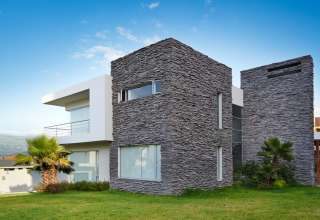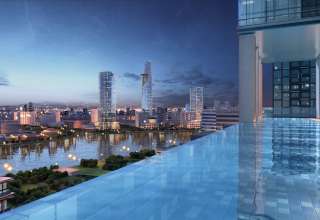
Personalizing home interiors brings choices that define both efficiency and character. Storage design, functionality, and cost play key roles when selecting fitted units. Numerous proprietors compare individual craftsmanship with ready-to-assemble replacements based on value, durability, and appeal. Exploring both types reveals noticeable differences in material strength, long-term benefits, and design versatility. Here, we can see benefits, a few useful comparisons, and detailed visions to guide you. Skilled cabinet makers mackay help people attain balanced functionality with outstanding craftsmanship.
Why do prefabricated options attract many?
Prefabricated units are known for affordability and quicker setup, appealing mostly to cost-conscious homeowners seeking practical outcomes quickly. Numerous sizes and finishes make them convenient for compact living situations without heavy planning efforts or custom measurements often required.
Which suits different spaces better
Customization works well in irregular-shaped rooms where specific storage placement is essential. Prefabricated ones fit standard areas efficiently without extra measurements. Homeowners must evaluate measurements for accuracy before proceeding carefully.
How does quality vary between both two?
Custom designs usually involve strong materials and reliable construction techniques. In comparison, prefabricated ones rely on machine precision, producing consistent but often lighter builds. Material quality directly influences longevity.
Are installation timelines different?
Tailored work takes longer because it involves measuring, crafting, and assembling to perfection. Prefabricated types assemble faster since they arrive pre-cut, requiring simple assembly tools only. Time expectations differ incredibly.
What about maintenance needs
Personalized cabinetry demands periodic polishing and careful cleaning for longevity. Flat-pack styles often withstand regular cleaning using basic solutions, ensuring finish protection. Regular inspection prevents moisture damage efficiently.
Do both offer design flexibility
Tailored designs adapt to any creative style or function seamlessly. Prefabricated models have standard options, leaving minimal room for alterations. Style preference determines the ideal path efficiently here.
How cost affects the decision
Custom options usually require higher budgets due to the craftsmanship effort and finishing quality involved. Prefabricated selections cost less overall, providing reliable, practical, and efficient for smaller budgets.
Which is more durable over time?
Made-to-order units use denser woods, ensuring a longer lifespan during heavy daily use situations. Prefabricated ones, though functional, show aging signs earlier from repetitive usage stress factors that are easily noticeable.
Key points to consider
Budget controls decision accuracy while ensuring desired features fit the overall visual taste range perfectly.
- Evaluate material type, ensuring balance between strength and longevity remains intact long-term, efficiently.
- The installation timeline influences scheduling flexibility, avoiding unexpected project delays significantly.
- Cleaning requirements differ depending on finishing texture and applied surface coating levels, which are beautifully maintained.
- Consulting cabinet makers mackay offers practical solutions, ensuring better customization and professional finishing across home interiors efficiently.
Understanding the purpose behind furniture choices ensures balanced outcomes that serve both style and usefulness. Assess priorities such as space adaptability, maintenance routine, and budget potential before deciding. Choosing between handmade excellence and modular convenience should align with lifestyle goals. Professional guidance helps measure advantages correctly, ensuring enduring satisfaction without compromise across every chosen setup.
























